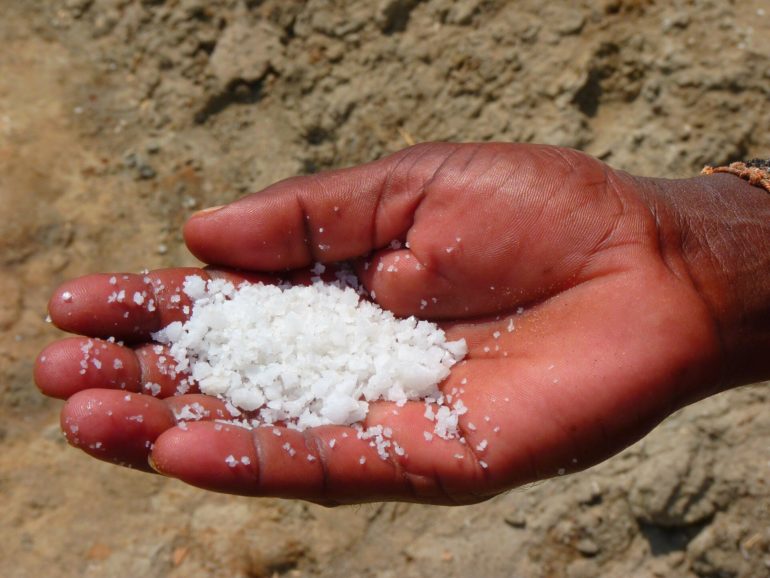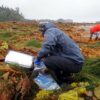Sodium, the main constituent in salt, and potassium alteration are associated with some of the world’s most valuable ore deposits.
Sodium and potassium are also important constituents of rocks. Feldspars are the most common minerals that make up rocks, and some contain sodium, while others contain potassium.
A research team led by Monash University geologists from the School of Earth, Atmosphere and Environment has reproduced hellish conditions found in nature in the laboratory to try to understand the rock record. The results of the study are outlined today in Nature Communications.
“Engineers could use such information to ‘reverse engineer’ nature to extract valuable metals from the ores,” said study author Professor Joël Brugger from the Monash School of Earth, Atmosphere and Environment.
“The green energy revolution relies on raw materials such as copper, but the current supply cannot support a global zero carbon economy,” he said.
“The giant ore formation in Australia is one of the world’s leading producers of metals, but sustainable production requires innovations in exploration and mining.”
Lead study author Gan Duan has been investigating mineral reactions under conditions typical of ore deposit formation (5-10km depth, 600˚C), as part of her Ph.D. research supervised by Professor Brugger.
“Our experiments reveal how the extraction of metals from large volumes of source rocks and their transport are linked at the micro-scale,” said Gan.
“We discovered that the change from sodium to potassium alteration typical of many ore systems can be driven by a self-organizing chemical system,” she said.
While investigating minerals reactions under conditions typical of ore deposit formation (5-10km depth, 600˚C), the research team found that adding sodium to the fluid initially transformed their sodium- and potassium-bearing feldspar into the expected Sodium-rich feldspar, but if they ran the experiments for a few more days this was replaced by a predominantly Potassium (up to 90%) feldspar—much to their surprise.
Professor Brugger said the study challenged previous thinking that successive alteration styles had to be caused either by externally driven changes in fluid compositions or temperature over time.
“Such kinetically controlled processes at molecular-scale may be responsible for the pervasive nature of successive sodic and potassic alteration at km-scale,” Professor Brugger said.
Rare earth unlocks copper, gold and silver secrets
More information:
Gan Duan et al, Kinetically driven successive sodic and potassic alteration of feldspar, Nature Communications (2021). DOI: 10.1038/s41467-021-24628-1
Citation:
Mineral alchemy taps into key ingredients for green energy revolution: Salt and potassium (2021, July 23)
retrieved 24 July 2021
from https://techxplore.com/news/2021-07-mineral-alchemy-key-ingredients-green.html
This document is subject to copyright. Apart from any fair dealing for the purpose of private study or research, no
part may be reproduced without the written permission. The content is provided for information purposes only.



